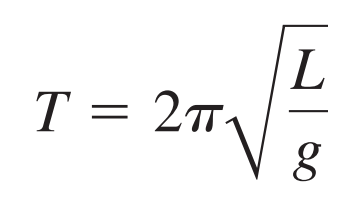Figure shows two devices that measure fluid velocity based on Bernoulli’s principle.
The manometer in Figure (a) is connected to two tubes that are small enough not to appreciably disturb the flow.
The tube facing the oncoming fluid creates a dead spot having zero velocity ( v₁=0 ) in front of it, while fluid passing the other tube has velocity v₂.
This means that Bernoulli’s principle as stated in
P₁ + ¹/₂ ρv₁² = P₂ + ¹/₂ ρv₂²
becomes
P₁ = P₂ + ¹/₂ ρv₂².
Part a of the figure shows a picture of a wing.
It is in the form of an aerofoil.
One side of the wing is broader and the other end tapers.
The direction of the air is shown as lines along the length of the wing.
The direction of the air below the wing is shown as flowing along the length of the wing.
The pressure exerted by the air given by P b is upward.
The direction of the air on the top or front part of the wing is shown as flowing along the length of the wing.
The pressure exerted by the air is given by P f, and it acts downward.
Part b of the figure shows a boat with a sail.
The direction of the sail is almost across the boat.
The direction of the air in the sail is shown by lines on the front and back sides of the sail.
The air currents on the front exert a pressure P front toward the sail, and air currents on the back sides of sail exert a pressure P back again toward the sail.
Thus pressure P₂ over the second opening is reduced by ¹/₂ ρv₂² , and so the fluid in the manometer rises by h on the side connected to the second opening, where
h ∝ ¹/₂ ρv₂²
(Recall that the symbol ∝ means “proportional to.”)
Solving for v₂ , we see that
v₂ ∝ √h
Figure (b) shows a version of this device that is in common use for measuring various fluid velocities; such devices are frequently used as air speed indicators in aircraft.
⁰ ¹ ² ³ ⁴ ⁵ ⁶ ⁷ ⁸ ⁹ ⁺ ⁻ ⁼ ⁽ ⁾ ⁿ ⁱ₀ ₁ ₂ ₃ ₄ ₅ ₆ ₇ ₈ ₉ ₊ ₋ ₌ ₍ ₎ ₐ ₑ ₒ ₓ ₔ ₕ ₖ ₗ ₘ ₙ ₚ ₛ ₜ .






